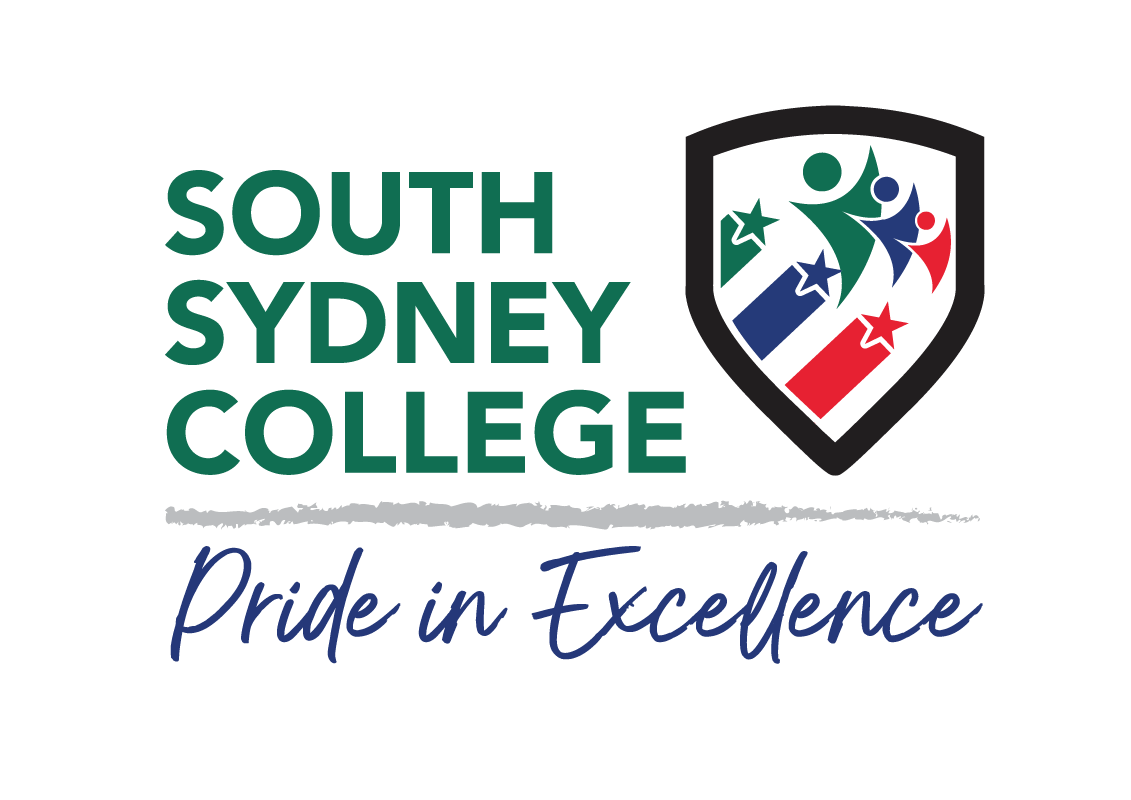Introduction
Statista stated that “as of January 2020, approximately 19.81 million motor vehicles were registered in Australia.” They also shared that most of these automobiles were passenger vehicles, meaning they had at least four wheels and comprised no more than eight seats and that of the driver’s chair. With the number of cars in the country, it is only normal that the demand for professionals who can maintain and improve each vehicle’s quality also rises.
Start a career in the Australian automotive retail, service, and repair industry with the help of South Sydney College. We proudly offer automotive courses in Sydney for international students. Trust our highly experienced trainers to help you gain the knowledge and skills you need to excel in your chosen path.
What Is the History of Automobiles?
Prototype Creation
Ferdinand Verbiest was a Flemish member of a Jesuit mission in China around 1672. He was the first person to design a steam-powered vehicle. Although his model was still unable to carry a driver or a passenger, Ferdinand showcased his idea as a 65-centimeter-long scale model toy for Emperor Kangxi. However, it is essential to note that it is unknown if his model was successfully built or operated.
First Functioning Model
It wasn’t until the late 1800s when inventors from Germany and France perfected the first automobile. Nicolas-Joseph Cugnot is widely credited with building the first full-scale, self-propelled mechanical vehicle. He also constructed two steam tractors for the French Army, which are currently being preserved in the French National Conservatory of Arts and Crafts.
The Modern Motorcar
The 1901 Mercedes, which was designed by Wilhelm Maybach for Daimler Motoren Gesellschaft, is credited as the first modern motorcar. It had a 35-horsepower engine that weighed only 14 pounds per horsepower. Furthermore, it achieved a top speed of 53 miles per hour. Seeing this breakthrough as an opportunity to grow his business, Daimler employed 1,700 workers to produce approximately a thousand cars per year.
Continuous Development
By 1920, Ford, General Motors, and Chrysler slowly emerged as the “Big Three” auto companies. As the years passed, Americans quickly came to dominate the automotive industry in the first half of the 20th century.
The mechanization of industrial processes in the United States was brought by cheap raw materials and a chronic shortage of skilled labor. As a result, the standardization of products became required. The volume of production of cars, firearms, sewing machines, bicycles, and various other items skyrocketed. In fact, the United States produces 485,000 of the world’s total of 606,124 motor vehicles in 1913.
The Widespread Normalization
Automobiles slowly became common in many households. The convenience and flexibility that owning a car provide you with has made it the most preferred form of transport in Australia. As reported by the Australian Bureau of Statistics, “the number of passenger vehicles registered per 1,000 population has increased from 250 in 1965 to 465 in 1995.”
What Are the Different Kinds of Car Body Styles and Models You Will Cover in Automotive Courses in Sydney for International Students?
There are various types of car body styles that we come across in our daily lives. Here is a list of car body styles and models you will learn about in automotive courses in Sydney for international students:
Convertibles
This passenger car can be driven with or without a hood in place. Most convertibles have a fully powered fabric roof that folds down, but a few still have to be lowered by hand. There are also a few models with automatically operated, self-storing, retractable hardtops. Semi-convertible car body styles also became popular due to the 1966 Porsche 911 Targa.
Convertible cars are great since they provide you with better visibility and more headroom. However, this type of vehicle isn’t advised for parents as it offers less protection. Children with sensitive skin can easily get sunburn and windburn. Various things, such as sippy cups and blankets, can also go flying once kids accidentally let go of certain items.
Coupes
A coupe is typically a two-door car with a trunk, sloping rear roofline, and a fixed roof. However, the definition of this body style slowly changed when manufacturers started producing vehicles with a 2+2 body style. These models have two small rear seats for other people along with two front seats for the driver and front passenger.
Although coupes are modern and beautiful cars, it isn’t practical for you to get one if you have a large family. Even with the 2+2 body style, this sports car offers you minimal space. Taking road trips with your friends or driving your children to school can prove to be a tight fit. However, if you have no children and limited family obligations, a coupe may be perfect for you.
Hatchbacks
This subcompact sedan has a squared-off roof and a rear flip-up hatch door that provides you access to the vehicle’s cargo area instead of a usual trunk. Some models have fold-down second-row seating, which means you can reconfigure your interior to prioritize passenger load volume. It is a body style that has been marketed worldwide on cars ranging in size, from superminis to small family cars.
Hatchbacks are easier to handle in city rides and ideal for new drivers. They also have a more impressive headroom compared to other automobiles due to their higher rooflines and are generally more affordable than different kinds of cars. However, one should note that sedans are more stable to drive at higher speeds due to their more compact size.
Pickup Trucks
Generally made with more interior space, pickup trucks have a passenger cab and an open cargo bed in the rear. Furthermore, full-size models offer more power than their mid-size counterparts, with additional room for a bigger engine and a larger body that allows for larger tires.
Pickup trucks are considered a smaller version of a truck. They are designed for smaller families who often go on outings or business owners who need an automobile to travel from one place to another. If you are neither of these, it may be best for you to invest in a car instead. Regular automobiles are easier to maneuver, can hold up to five or more people, and tend to be less expensive.
Sedans
These cars have four doors and a wholly enclosed trunk separated from the passenger compartment by the rear setback. Additionally, it is essential to note that sedans have several subtypes, including notchback, fastback, compact, and subcompact. The main differences between these types are their cargo space and passenger room.
Since they have a lower center of gravity, sedans don’t roll over as often as other higher-up vehicles. They are also smaller than most cars, making them the cheaper option. However, despite their more compact size, they can still fit up to five people.
Sports Cars
Initially, sports cars got their name because they had borrowed designs and engineering concepts from racing cars. They are quite similar to coupes and convertibles: low to the ground, sleek, and often expensive. Aside from this, they are generally two-passenger automobiles designed for quick response, maneuverability, and high-speed driving.
Due to their improved performance, sports cars are fantastic to drive. They can handle greater acceleration and more impressive speeds than other automobiles. However, despite their striking looks, they consume more gas than others. You may also need to shell out more cash during maintenance or repair since they have parts that exceed the cost of the regular version for the same component.
Sport-Utility Vehicles
Occasionally referred to as crossovers, sport-utility vehicles (SUVs) are taller and boxier than sedans. They have an elevated seating position and a station wagon-like cargo area that can be accessed through a flip-up rear hatch door. Due to their impressive space, SUV owners usually use them to pick up groceries, carry luggage for road trips, haul equipment for sports activities, and more.
However, since they are bigger and heavier than a standard passenger car, SUVs also require more fuel energy to run. Driving one in the city can also be cumbersome unless you transport five to eight passengers every day since all that bulk becomes wasted space otherwise. Its maneuverability is also compromised due to its size, making parallel parking more difficult even for the most experienced drivers.
Minivans
These family cars are tall boxes-on-wheels with sliding side doors for easy access as well as a cargo area that you can access through its rear hatch. Compared to typical sedans, minivans offer a more distinguished driving position and more chair-like seating. A driver can usually see the front corners of her car when seated in the driver’s seat. Additionally, they typically have adjustable second and third rows that can often be removed or folded into the floor to create a larger and more open cargo bay.
Compared to SUVs, minivans have a more difficult time on unpaved roads. Most models usually have a limited towing capacity, which may pose a problem to those who have boats. Despite these, however, they also have much more space, and the convenience of their sliding doors is highly beneficial to families with younger kids.
Station Wagons
Lastly, station wagons are similar to sedans, except they have an extended roofline and a hatch door instead of a trunk. Some models also have elevated ground clearance and rugged body cladding to make them more like SUV vehicles. However, their popularity slowly declined over the years, with only relatively few models for sale still.
What Automotive Courses in Sydney for International Students Can You Take?
At South Sydney College, we offer the following automotive courses in Sydney for international students:
Certificate III in Light Vehicle Mechanical Technology
Our Certificate III in Light Vehicle Mechanical Technology course is perfect for those who want to start a career in the Australian automotive retail, service, and repair industry. After taking all our classes, you will have all the knowledge and skills you need to diagnose mechanical repairs and use specialized tools and equipment for passenger cars and light commercial automobiles.
Certificate IV in Automotive Mechanical Diagnosis
On the other hand, our Certificate IV in Automotive Mechanical Diagnosis course is ideal for international students in Sydney who want to advance their careers in the Australian automotive industry and develop essential mechanical skills. Our trainers will cover topics that are more complex than our other automotive programs.
Conclusion
Getting certificates to show employers that you have mastered the techniques to repair and service different automobiles can boost your hiring chances. At South Sydney College, we can help you gain the skills and knowledge to acquire these documents.
We proudly offer automotive courses in Sydney for international students, including our Certificate III in Light Vehicle Mechanical Technology and Certificate IV in Automotive Mechanical Diagnosis courses. Furthermore, our lessons will cover the needed steps to diagnose, maintain, and repair all kinds of cars, including coupes, hatchbacks, pickup trucks, sedans, and more.
With more than 25 years of combined experience in the education sector, our team comprises student-centered qualified trainers. We are passionate about what we do and will help you achieve both your academic and career goals. Rest assured that we also meet current industry requirements according to Australian standards.
For more information about how we can assist you, feel free to get in touch with us today. We look forward to hearing from you!





